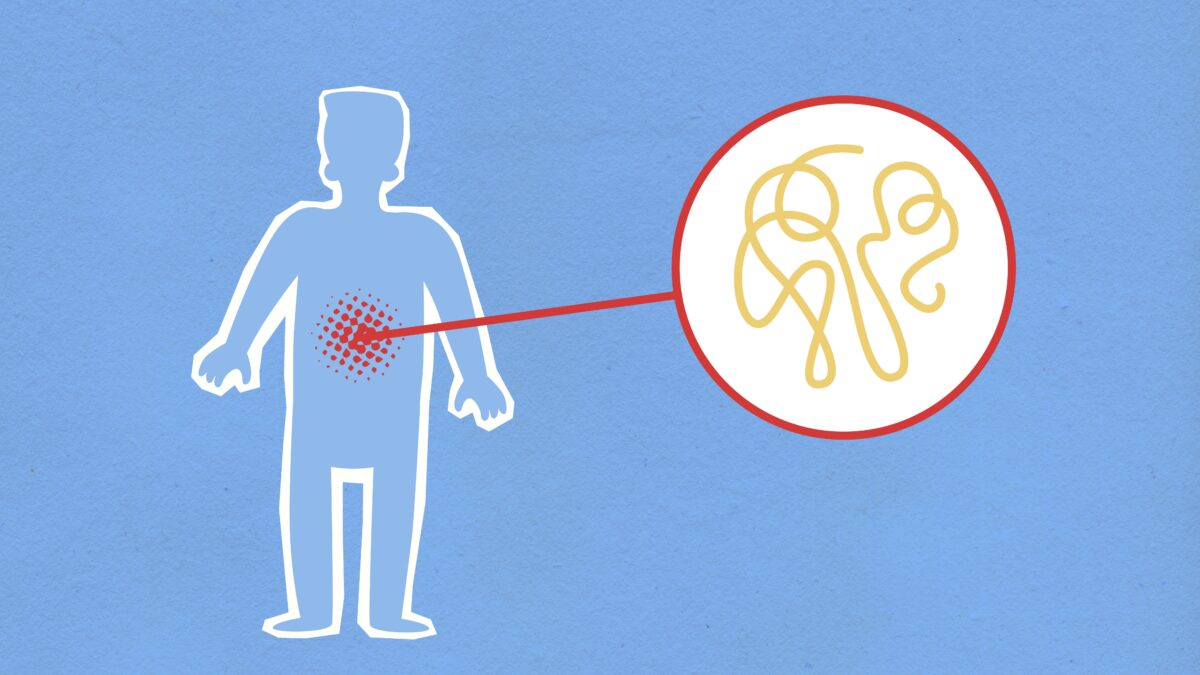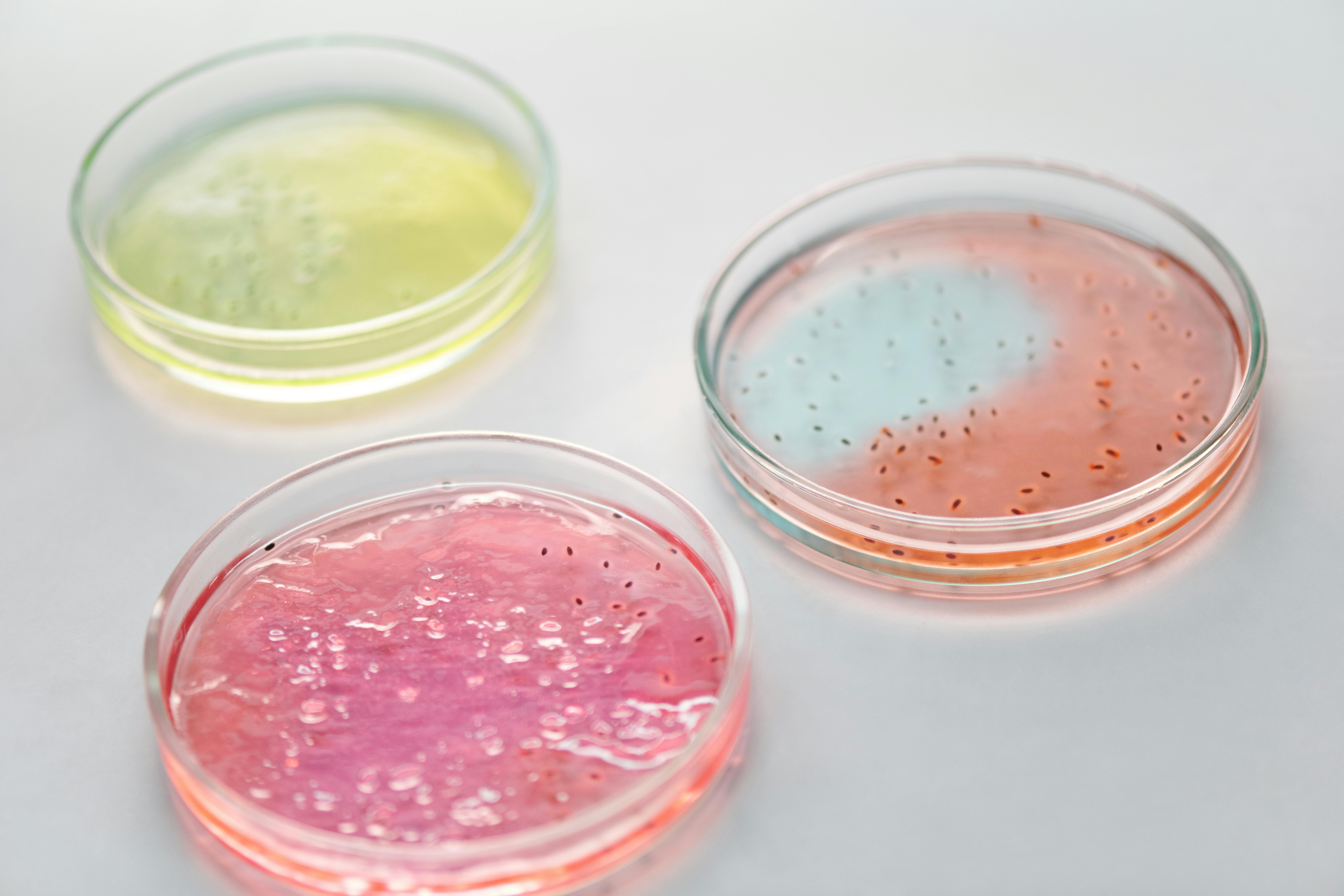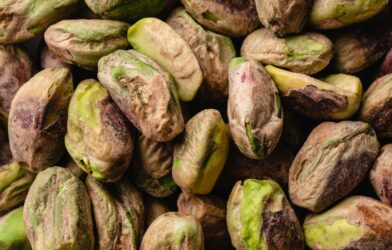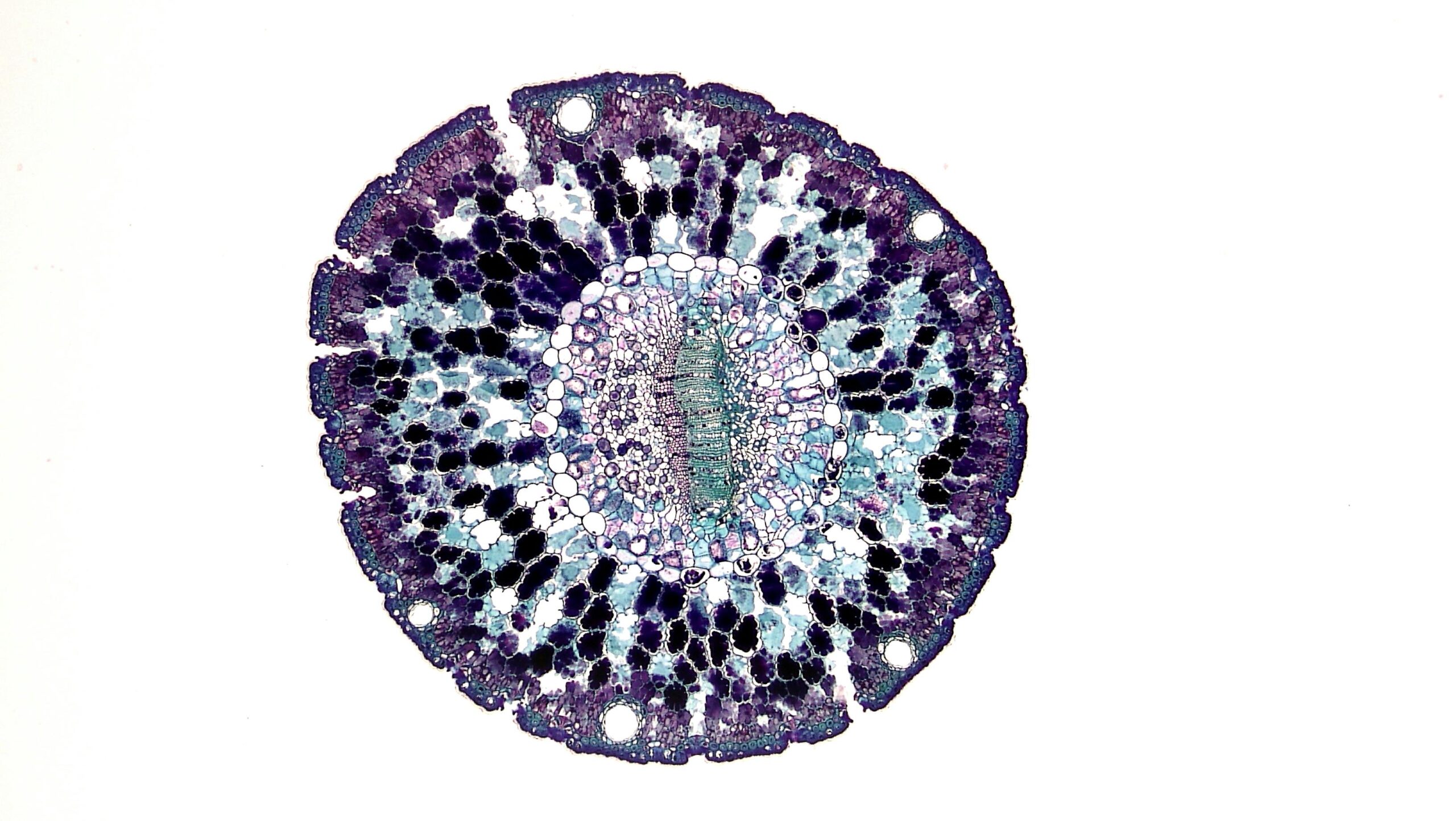Imagine a world where the very bacteria meant to keep us healthy could turn the tide against some of the deadliest antibiotic-resistant infections. It sounds like science fiction, but groundbreaking research is bringing this concept closer to reality, offering a provocative new strategy in our escalating war against “superbugs.” Forget the usual suspects—your broad-spectrum antibiotics—which often leave a trail of gut devastation in their wake, unwittingly paving the way for even tougher invaders. Instead, this innovative study points to a potent, natural defense residing within us, capable of disarming dangerous bacteria without collateral damage to our vital gut microbiome.
For years, we’ve relied on antibiotics as our primary weapon against bacterial infections. They’ve saved countless lives, but this reliance has come at a steep cost: the rapid rise of drug-resistant organisms. Among the most concerning are Gram-negative Enterobacteriaceae—a family of bacteria including notorious species like Escherichia coli and Klebsiella pneumoniae. These bugs are increasingly resistant to existing treatments and are a major cause of infections acquired in hospitals, posing a significant threat to global health. Even worse, the very antibiotics used to fight them can disrupt the delicate balance of our gut bacteria, making us even more vulnerable to these persistent pathogens. The cycle is vicious, leading to prolonged illness and, in severe cases, increased mortality rates.
While fecal microbiota transplantation (FMT)—the transfer of stool from a healthy donor to a patient—has shown some promise in reducing these dangerous bacteria, it’s not a perfect solution. FMT therapies can be inconsistent, raise safety concerns, and are difficult to produce reliably due to variations between batches. Clearly, a more precise and standardized approach is desperately needed. This is where the new research steps in, unveiling a finely tuned bacterial dream team capable of specifically targeting and expelling these problematic Enterobacteriaceae.
Finding the Gut’s Protectors: How the Study Unfolded
Scientists embarked on a meticulous journey, starting with stool samples from healthy human donors. Their goal was to pinpoint specific “good” bacteria, or “commensal strains,” that could effectively suppress the growth of harmful Enterobacteriaceae. It was a meticulous treasure hunt, sifting through millions of bacteria to find the few with extraordinary powers.
The initial step involved taking stool samples from five healthy Japanese donors. These samples were then introduced into germ-free mice that had been specifically colonized with a multidrug-resistant Klebsiella pneumoniae strain (called Kp-2H7), which is known to cause inflammation and persist in the gut. The researchers observed a significant reduction (a 3 to 4 log reduction, meaning the bacterial count dropped by a thousand to ten thousand times) in the Kp-2H7 levels in the mice treated with stool from all donors, indicating that something within the healthy human stool was working.
Next, the team focused on isolating individual bacterial strains from the most effective donors. They cultured these stool samples and identified unique bacterial strains, eventually creating mixtures. When these mixtures of isolated bacteria were tested in the Kp-2H7-colonized mice, one particular mix proved to be the most effective, reducing Kp-2H7 levels as strongly and quickly as the original donor stool.
The real breakthrough came when they honed in on this effective mix. To find the essential components, they systematically excluded strains that didn’t show a strong relationship with Kp-2H7 suppression. This meticulous “down-selection” led them to a highly effective “consortium” of just 18 beneficial bacterial strains, which they named “F18-mix.”
The F18-mix was then put to the test. It dramatically reduced Kp-2H7 levels in mice, mirroring the powerful effects of the larger mix and even the original donor fecal microbiota. Importantly, further experiments showed that all 18 strains in the F18-mix were crucial for its maximal effectiveness; removing even a few strains significantly weakened its ability to suppress Kp-2H7, indicating that these bacteria work cooperatively as a team.
A Targeted Strike Against Superbugs: The F18-mix in Action
The F18-mix didn’t just stop at Klebsiella. The researchers found it was remarkably effective at suppressing other problematic Enterobacteriaceae, including extended-spectrum β-lactamase (ESBL) Escherichia coli and carbapenemase (CPM) K. pneumoniae strains—both serious public health threats. The F18-mix achieved a significant reduction in these dangerous bacteria in mice, demonstrating its broad applicability against this family of pathogens. However, it’s important to note that the F18-mix was less effective against Gram-positive pathogens like vancomycin-resistant Enterococcus faecium (VRE) and Clostridioides difficile, which tells us its action is highly specific to Enterobacteriaceae.
A critical finding was that the F18-mix could reduce Klebsiella levels without significantly disrupting the existing beneficial gut bacteria. This offers a major advantage over traditional antibiotics, which often wipe out both good and bad bacteria, leading to further problems.
To further test its “real-world” potential, the F18-mix was used in mice colonized with gut bacteria from patients with inflammatory bowel disease (Crohn’s disease or ulcerative colitis), conditions often associated with an abundance of problematic Enterobacteriaceae. Even in these complex and imbalanced gut environments, the F18-mix successfully established itself and suppressed K. pneumoniae and E. coli, while also increasing the overall diversity of the gut microbes. This is a huge step forward, showing that this bacterial consortium can work effectively even in compromised guts.
Beyond just clearing out bad bacteria, the F18-mix also showed a remarkable ability to alleviate intestinal inflammation. In mice prone to IBD-like inflammation, treatment with F18-mix significantly reduced markers of inflammation and improved colon health. This indicates that by controlling the harmful bacteria, the F18-mix can also dampen the inflammatory response they trigger. The researchers state, “In sum, F18-mix can reduce intestinal Enterobacteriaceae burden and alleviate IBD-like inflammation without disrupting the gut commensal community, suggesting high translational potential.”
The Secret Weapon: Starving the Bad Guys
So, how does this 18-strain consortium achieve such a powerful, targeted effect? The study dug deep to uncover the mechanism, and the answer is surprisingly elegant: it starves the bad bacteria of a crucial food source called gluconate.
Bacteria have specific dietary preferences. Enterobacteriaceae thrive on gluconate, a sugar acid found in the gut. The F18-mix, it turns out, is incredibly efficient at consuming gluconate itself. When the F18-mix is present, gluconate levels in the gut plummet, effectively cutting off the food supply for Enterobacteriaceae. Without this vital nutrient, the harmful bacteria simply can’t grow and persist.
The researchers confirmed this by showing that mice treated with the effective F18-mix had significantly lower levels of gluconate in their feces compared to mice without the F18-mix. When Enterobacteriaceae were grown in laboratory settings with varying levels of gluconate, their growth was directly tied to gluconate availability. Furthermore, experiments showed that genes essential for Enterobacteriaceae to take up and use gluconate were crucial for their survival and growth in the gut. This elegant mechanism highlights a new strategy for combating antibiotic resistance: not by directly killing pathogens, but by outcompeting them for resources.
A Future Without Superbugs?
This research offers a compelling vision for the future of treating antibiotic-resistant infections, particularly those caused by Enterobacteriaceae. By identifying and harnessing a specific consortium of beneficial bacteria, scientists have unveiled a powerful new tool that could potentially replace or reduce the reliance on broad-spectrum antibiotics. The ability of the F18-mix to selectively decolonize pathogens without harming the rest of the gut microbiome, and even to reduce inflammation, positions it as a highly promising “live bacterial therapy.” While further research and human clinical trials are necessary, this study illuminates a clear path towards a future where our own gut inhabitants, rather than a chemical arsenal, become our strongest allies in the fight against superbugs.
Paper Summary
Methodology
Researchers identified a bacterial consortium (F18-mix) from healthy human stool capable of decolonizing Enterobacteriaceae like Klebsiella pneumoniae. This was achieved by testing donor stool in mice, isolating effective strains, and then systematically narrowing them down. The F18-mix was then tested in various mouse models, including those with IBD-like conditions, to assess its effectiveness against different Enterobacteriaceae and its impact on gut inflammation. The mechanism of action was investigated by analyzing gut metabolites and specific bacterial genes.
Results
The F18-mix, an 18-strain bacterial mixture, successfully suppressed multidrug-resistant Enterobacteriaceae in mice, including Klebsiella pneumoniae and Escherichia coli, reducing their numbers significantly. This effect was cooperative, requiring all 18 strains for maximum impact, and did not harm other beneficial gut bacteria. The F18-mix also reduced intestinal inflammation in IBD-like mouse models. The primary mechanism discovered was that the F18-mix outcompetes Enterobacteriaceae for gluconate, a vital nutrient, effectively starving them.
Limitations
The study’s findings are primarily based on mouse models, meaning human clinical trials are needed to confirm these results. The F18-mix was specifically effective against Gram-negative Enterobacteriaceae and showed less efficacy against Gram-positive bacteria like VRE and C. difficile. The complex interactions within the human gut might also involve factors not fully captured in these models.
Funding and Disclosures
The research received funding from multiple organizations, including the Japan Agency for Medical Research and Development (AMED), the Japan Society for the Promotion of Science (JSPS) KAKENHI, the Takeda Science Foundation, and several other medical and scientific foundations. Some authors disclosed affiliations with Vedanta Biosciences and other pharmaceutical companies.
Publication Information
The article, “Commensal consortia decolonize Enterobacteriaceae via ecological control,” was authored by Munehiro Furuichi, Takaaki Kawaguchi, Marie-Madlen Pust, et al., and published in the journal Nature, Volume 633, pages 878-886, online on 18 September 2024. The DOI is 10.1038/s41586-024-07960-6.












